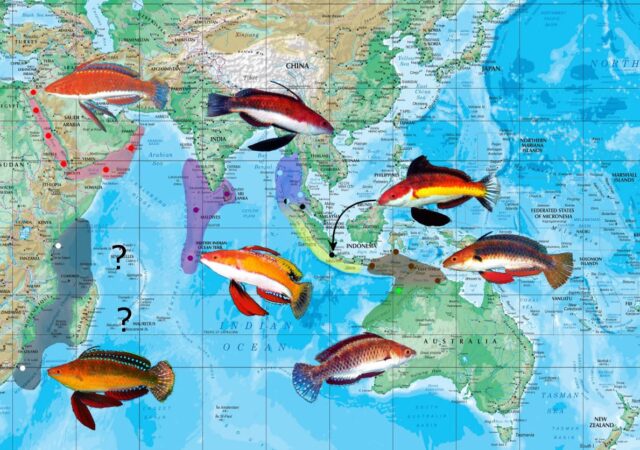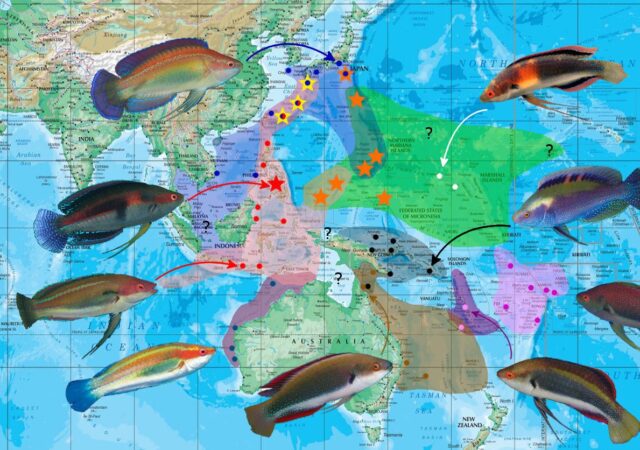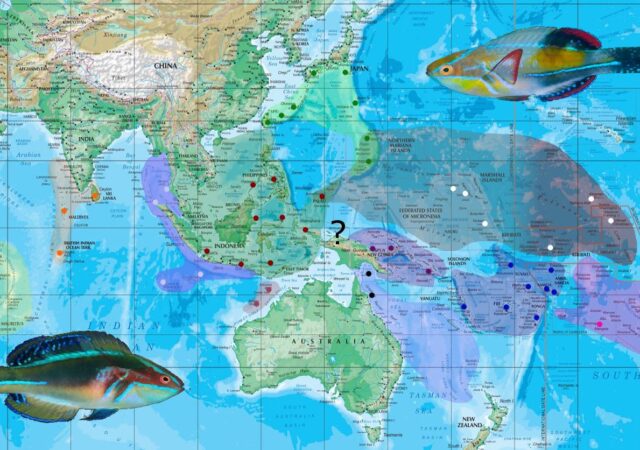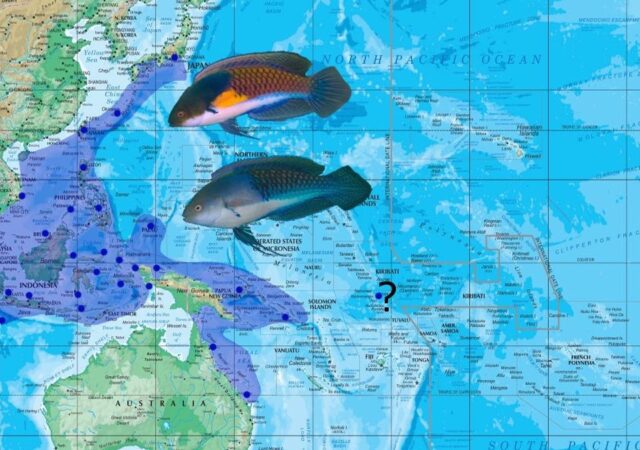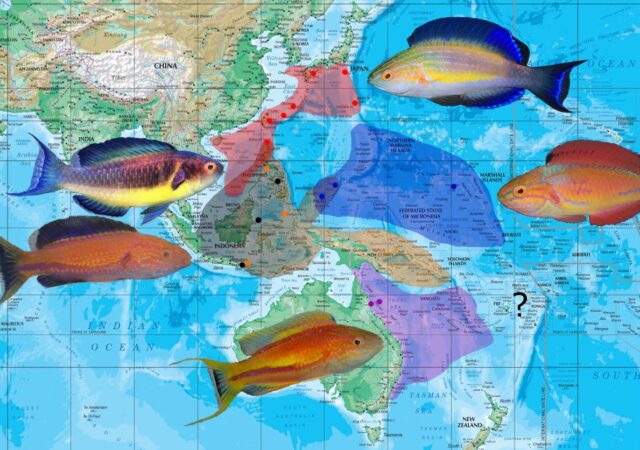The rubriventralis group features some of the most beloved and charming species of fairy wrasses, ornately adorned with painterly brilliance and morphological exuberance. Unlike some of the characteristically larger members of Cirrhilabrus, the rubriventralis group members remain small, rarely exceeding…
3.2 Fairy Wrasses: The temminckii group
The temminckii group plays host to some of the genus’ larger and more unappealing species. Burley, pugnacious and often glazed in matte grey, these un-fairy looking fairy wrasses are more often than not associated with the ugly duckling sobriquet. Despite…
2.3 Fairy Wrasses: The exquisitus complex
Cirrhilabrus exquisitus is an unusually widespread and variable species which appears to form a lineage alongside the scottorum and cyanopleura groups, with all three sharing characteristically mid-length pelvic fins. Unlike any other species of Cirrhilabrus, the Exquisite Fairy Wrasse has…
2.2 Fairy Wrasses: The cyanopleura group
The cyanopleura group is the next collection of fairy wrasses from the second major Cirrhilabrus clade (whose member taxa share the trait of mid-length pelvic fins) and is sister to the scottorum group. In the latter, certain traits that were diagnostic to the members will be…
1.2 Fairy Wrasses: The lunatus group
Cirrhilabrus johnsoni was first described in 1988 based on specimens collected in the Marshall and Caroline islands. This small species served as the twentieth member of a rapidly expanding genus, and was decidedly different with a crescent shaped caudal fin adorned…


